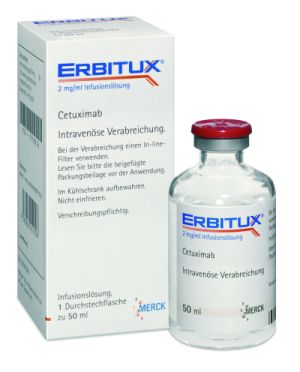Sanofi-Aventis and BMS have settled a lawsuit against Apotex, a generic drug-maker for $40 million and manufacturing rights for 8 months. The two had sued Apotex for patent infringement on Plavix, a lawsuit which has pushed off the availability of a generic clopidogrel in the United States. Under the terms of the suit, Apotex will hold off selling their generic clopidogrel in this country until September 2011 — which is 8 months before the patent expires — and will receive $40 million from BMS and Sanofi-Aventis.
It’s a clear victory for Big Pharma, and a loss for consumers and any company that’s not Sanofi-Aventis or BMS. Plavix was #2 on the top 200 list in 2005, with sales totaling $5.2 billion. Had Apotex been successful and not settled out of court, there would have been a generic Plavix available relatively quickly. Unfortunately they settled for the guaranteed money, and exclusive rights for 8 months. As I’ve said before, the value of the generic drug market is tiny compared to Big Pharma — by taking the settlement BMS, S-A, and Apotex all win. (Personally if I was Apotex, I’d have pushed for a higher figure, just because Plavix is so valuable.)
As soon as the results were announced, ten lawsuits by health plans, unions, and other businesses were immediately filed in retaliation, alleging the deal violates federal antitrust laws. The FTC has said that they will examine the case to see if there are any laws being broken. Frankly, I don’t know enough about antitrust law to speculate whether the new round of litigation holds any water. It will certainly be an interesting case to watch, and has implications for further back-room licensing deals between major pharmaceutical companies and generic drugmakers, though nothing as unique as this has happened in recent memory that I am aware of.
Don’t be surprised to see the number of similar lawsuits mushroom over the next five years as pipelines run dry and patents expire — it will be the only way Big Pharma will be able to maintain their otherworldly revenues for a precious few extra years. I have not seen a change in the way Big Pharma conducts their R&D efforts, and even if they did, there would still be a multi-year dearth of new drugs in the near-term. The path Big Pharma chose back when direct-to-consumer advertising restrictions were lightened has resulted in fat profits when their focus shifted to marketing instead of R&D. Unfortunately for them and everyone else, this more litigation and fewer breakthroughs.
[tags]Medicine, Pharmacy, Sanofi-Aventis, BMS, Plavix, clopidogrel, Big Pharma, antitrust law[/tags]
